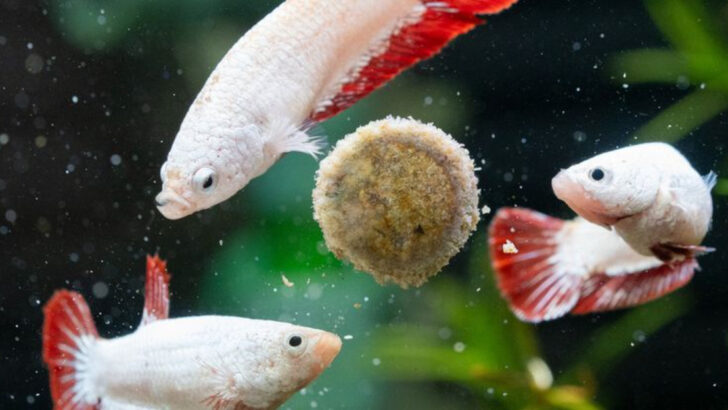Your fish might look calm—but they could be screaming underwater.
Those flicks, flips, and darting dashes might not be playful. They could be desperate cries for help in a world that feels all wrong, from bad tankmates to poor water conditions.
Stress in fish isn’t just a mood—it’s a silent killer. And the signs? They’re easy to miss until it’s too late.
If you care about your finned friends (and we know you do), it’s time to learn the 13 warning signs your aquarium fish are stressed—and what you can do to bring them peace.
Faded Colors
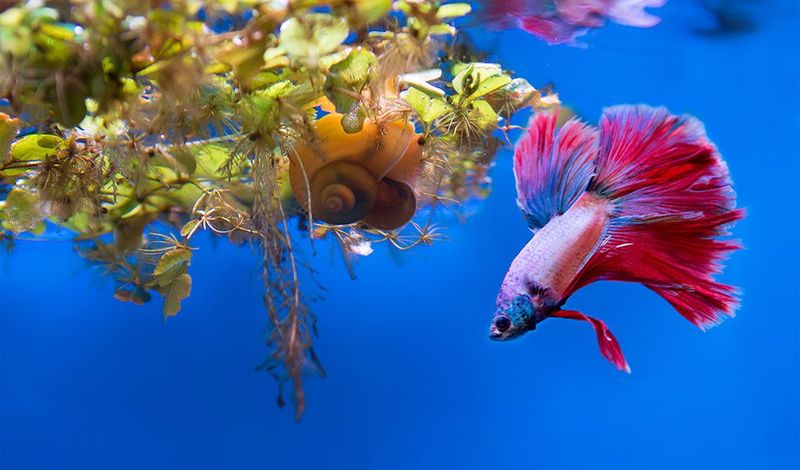
When fish lose their vibrant colors, it might not just be a natural change. A vivid fish suddenly displaying dull shades could indicate stress, a lack of nutritious food, or poor water quality.
Watching your fish’s color is essential. Bright colors often signify health, so dullness should be a cause for concern. Improving water conditions and ensuring a balanced diet can help restore their natural hues.
Regularly test the water for toxins like ammonia, as these can lead to color loss. Providing a stress-free environment will help maintain their vibrancy.
Erratic Swimming Patterns
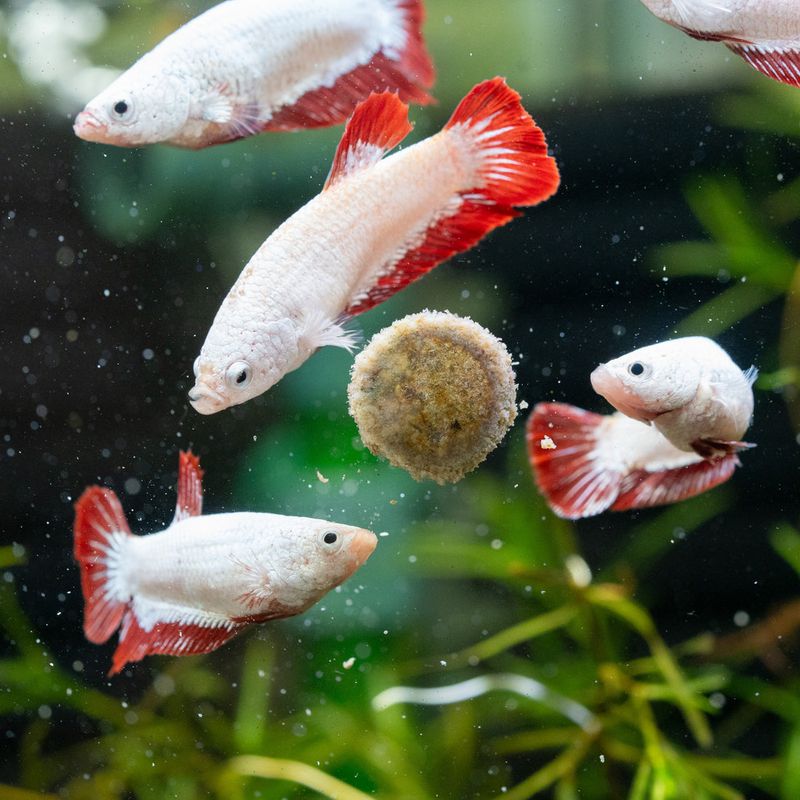
A fish darting around the tank or swimming in unusual patterns could be a tell-tale sign of stress. This behavior might result from sudden changes in the environment or the presence of aggressive tank mates.
It’s crucial to observe any alterations in swimming styles. Adjusting the tank environment or removing aggressive fish can help alleviate this stress. Ensuring a stable and calm habitat is paramount.
Gradual acclimatization to new conditions will also serve to ease their anxiety, promoting a serene aquatic environment.
Gasping at the Surface
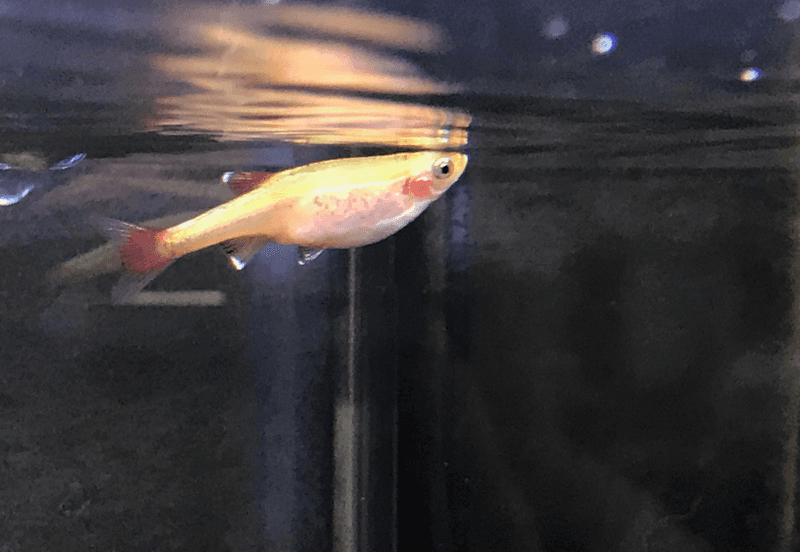
If your fish are frequently at the water’s surface, gasping for air, it could signify oxygen depletion in the tank. Poor water circulation or overstocking can lead to low oxygen levels, stressing your fish.
Enhancing aeration with air stones or ensuring proper filtration can improve oxygen levels. Regularly check and maintain equipment to provide ample oxygen. Adjusting stocking levels also prevents overcrowding, ensuring every fish gets the air they need.
Addressing these issues promptly will create a healthier, stress-free environment for your aquatic friends.
Loss of Appetite
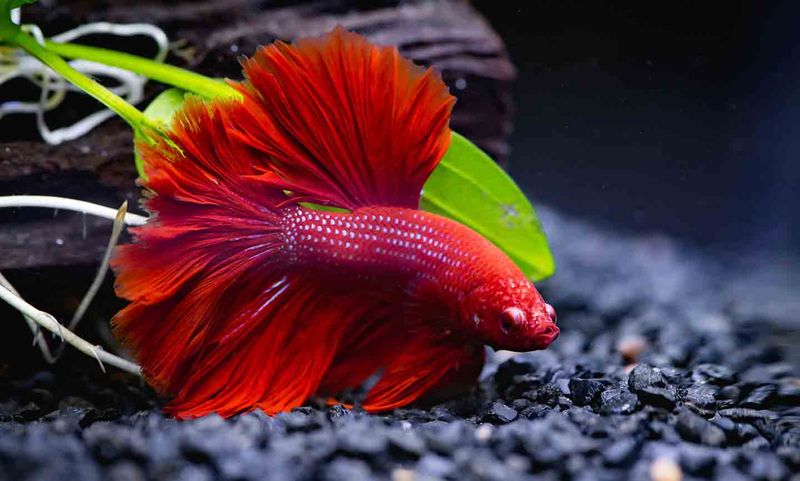
A fish refusing food might be more than just a picky eater. Loss of appetite is a common stress indicator, often resulting from illness, poor water quality, or a disruptive environment.
Keeping a close eye on feeding habits is vital. Improving water quality by performing regular changes and ensuring a peaceful tank can rekindle their interest in food. Offering varied, high-quality foods may also entice them to eat.
Once stress factors are addressed, appetite typically returns, signifying improved health.
Clamped Fins
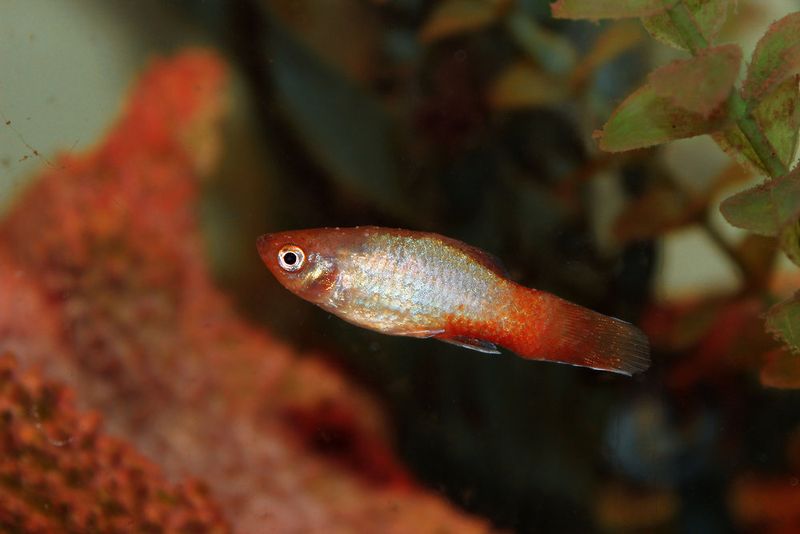
Clamped fins, where the fish hold their fins close to their body, can indicate stress or illness. This condition often arises from poor water quality or the presence of toxins.
Ensuring clean water through regular maintenance, along with monitoring for any illnesses, can alleviate this issue. Testing for harmful chemicals and maintaining a balanced environment is essential.
Addressing the root cause promptly helps the fish return to their lively state, with fins open and swimming gracefully.
Hiding or Lethargic Behavior
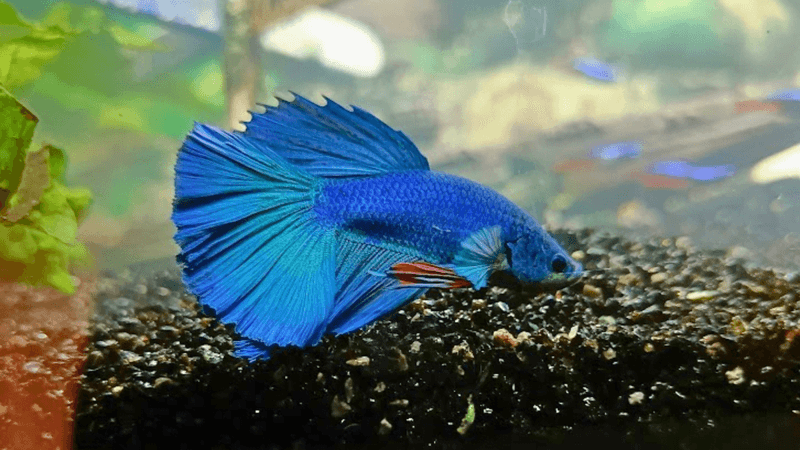
Fish that hide excessively or exhibit lethargic behavior may be experiencing stress. This can result from changes in the tank, new introductions, or aggressive tank mates.
Observing their activity levels can provide clues about their well-being. Providing ample hiding spots and ensuring a harmonious community can help reduce stress. Gradually introducing new elements and monitoring interactions prevent undue stress.
Creating a peaceful and engaging environment encourages healthy activity levels.
Rubbing Against Objects
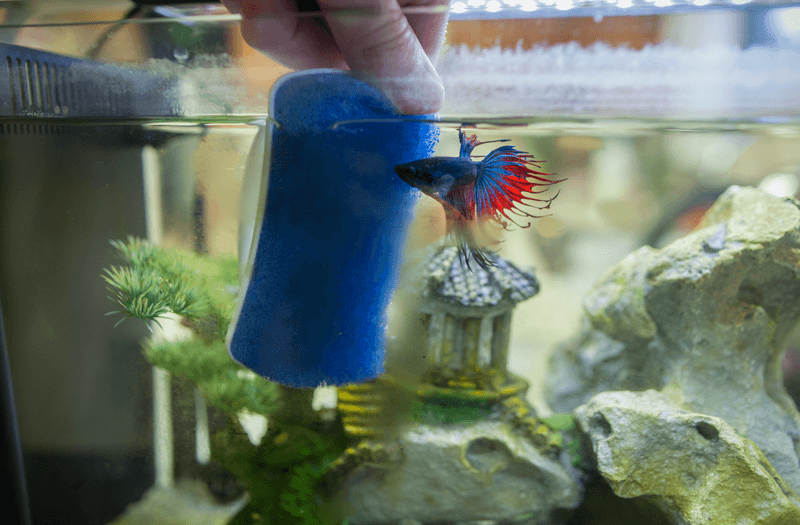
When fish repeatedly rub against objects, it might indicate irritation or stress. This behavior, known as flashing, often arises from parasites or poor water conditions.
Regular water changes and treating for parasites can help alleviate this behavior. Observing for other signs of irritation and maintaining pristine water quality is crucial.
By addressing environmental factors, fish can return to their natural, relaxed behavior, free from stress.
Rapid Gill Movement

Rapid gill movement is a clear sign of respiratory distress. This often results from poor water quality or low oxygen levels, causing stress.
Enhancing filtration and aeration can improve water quality, while regular checks ensure optimal conditions. Ensuring a well-oxygenated environment is vital for their well-being.
By addressing these issues, you can alleviate stress and promote healthy breathing patterns.
Hovering Near the Bottom
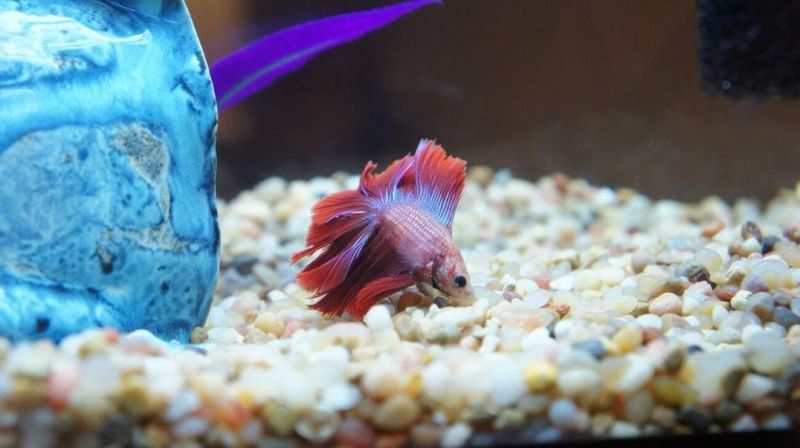
Fish consistently hovering near the bottom might be experiencing stress or illness. This behavior is often linked to poor water quality or tank conditions.
Regular maintenance and water testing can help identify and rectify issues. Providing a clean and balanced environment encourages healthier behavior.
Ensuring all tank parameters are within ideal ranges is key to reducing stress and promoting activity throughout the tank.
Fin Rot or Damage
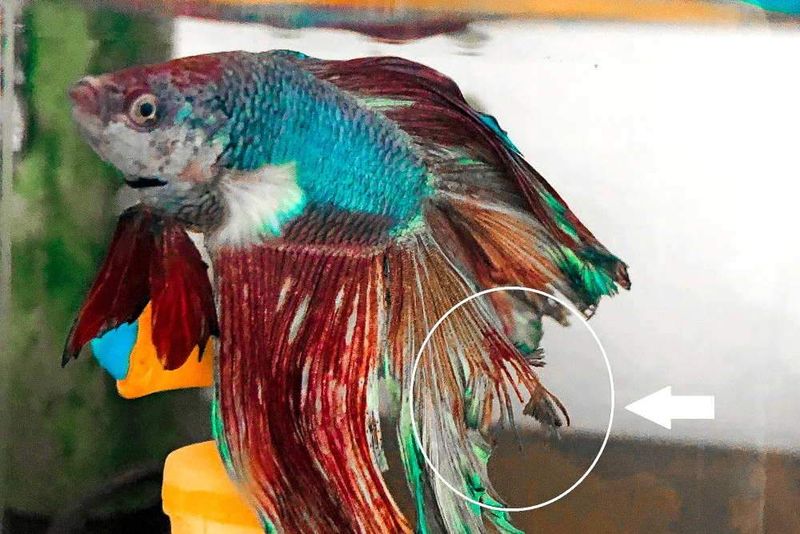
Fin rot, characterized by frayed or damaged fins, is a sign of stress often caused by bacterial infections or poor water quality. Prompt attention is essential to prevent worsening.
Regular water changes and maintaining excellent water conditions can prevent this condition. Treating bacterial infections promptly and keeping the tank clean ensures recovery.
With proper care, fish can heal, showcasing healthy, flowing fins.
White Spots or Ich

White spots, commonly known as ich, are a stress indicator often resulting from parasitic infections. This condition requires immediate attention to prevent spread.
Quarantining affected fish and treating with specific medications can address ich. Ensuring clean and stable tank conditions prevents recurrence.
By monitoring for early signs, you can maintain a healthy, stress-free aquarium environment.
Unusual Aggression
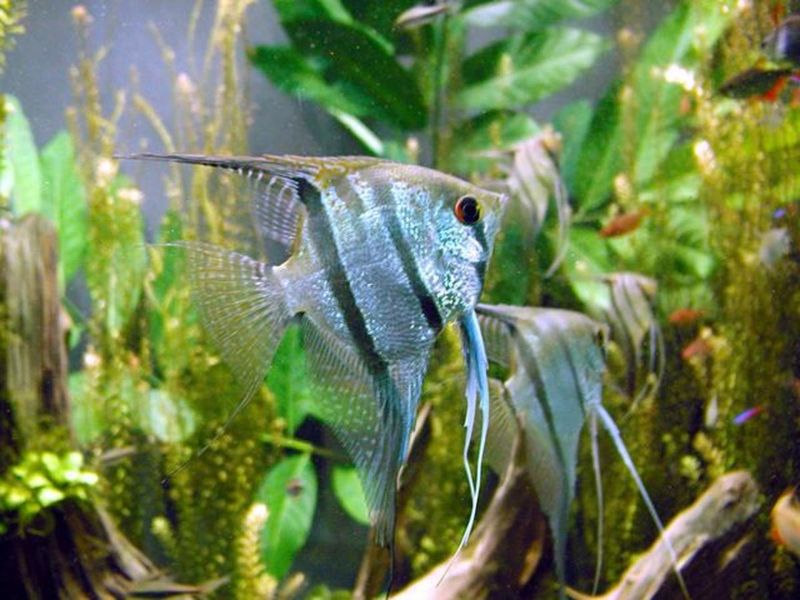
Sudden aggression in fish may signal stress or environmental imbalance. Overcrowding or incompatible tank mates often contribute to this behavior.
Evaluating tank dynamics and ensuring appropriate stocking levels can reduce aggression. Providing ample space and hiding spots helps fish establish territories peacefully.
Addressing these factors fosters a harmonious aquarium setting, reducing stress-related aggression.
Breathing Heavily
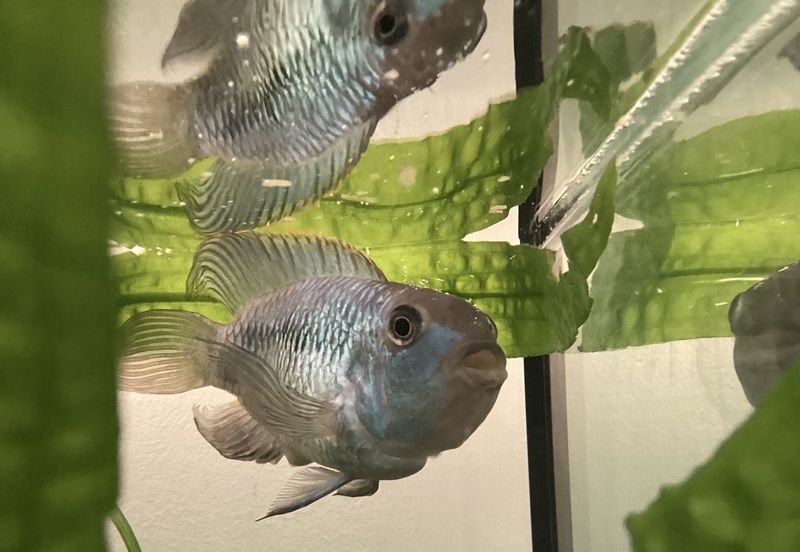
Fish breathing heavily, with open mouths and visible gill movement, often experience stress from poor water quality or low oxygen levels.
Improving water quality through filtration and aeration addresses this issue. Regular maintenance and monitoring of water conditions ensure a healthy environment.
By ensuring proper oxygen levels, you can alleviate stress, promoting calm and relaxed breathing patterns in your fish.

